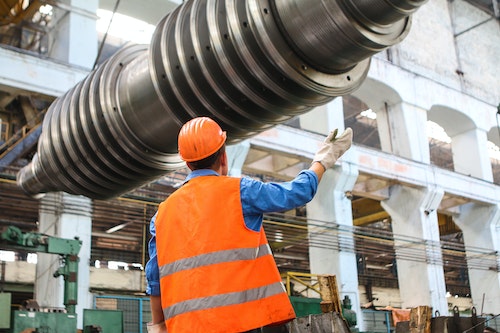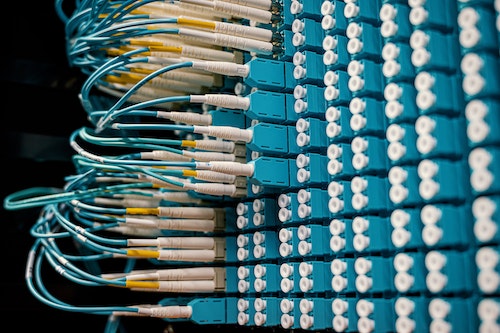
What Is Predictive Maintenance?
Predictive maintenance (PdM) is a technique used to determine when maintenance should be performed on assets before they break down and cause significant disruption to operations. It focuses on collecting data to analyse asset condition monitoring and use advanced algorithms to predict when preventive and corrective maintenance should be carried out. Predictive maintenance relies heavily on data from sensors, as well as history, machine learning and artificial intelligence (AI) technologies. It is used mainly for industrial, automotive and medical equipment as it helps to increase efficiency, reduce downtime, improve safety and prolong the life of assets.
Benefits Of Predictive Maintenance
Predictive maintenance is invaluable in helping organisations save time and money, while enhancing the safety of their operations. It helps to detect problems early, allowing for preventive maintenance rather than reactive maintenance. This means that organisations can plan their maintenance operations in advance and reduce the risk of equipment failure. It also enables them to better anticipate any future risks on the way and make informed decisions accordingly. This reduces the need for unnecessary downtime and disruption, as well as reducing waste and minimising risks to personnel.
Another benefit of predictive maintenance is that it increases the accuracy of maintenance work by detecting and addressing issues before they become more serious. This means that maintenance costs can be minimised as problems can be identified and addressed quickly, reducing the need for expensive repairs and replacements. Predictive maintenance also helps to increase asset reliability while decreasing the cost of operations, making it an invaluable tool for organisations of all sizes.
Examples Of Predictive Maintenance
1. Vibration Monitoring
Vibration monitoring is a technique used to identify faults in plant machinery. It measures the vibration of equipment, comparing it to a baseline that has been established under healthy operating conditions. It is usually done with sensors, which measure vibrations in the form of frequency and amplitude. Any deviations from the baseline can indicate a fault, and are analysed using alarm limits that alert teams to potential problems.
2. Oil Analysis
Oil analysis is used to monitor the condition of machinery by examining the oil used in the equipment. It’s used to identify any wear debris or contaminants that may be present, and also to measure key performance parameters such as viscosity and oxidation levels. By analysing the oil, organisations can determine whether maintenance should be performed to prevent any premature failure of the equipment.
3. Thermal Imaging
Thermal imaging is a predictive maintenance technique widely used to detect issues before they cause significant problems. It is done with infrared cameras that detect hot spots in equipment, indicating any potential faults or failures. The thermal cameras can detect changes in temperature, indicating issues with motors, bearings and other components. It is particularly useful for electrical and mechanical equipment, as any increase in temperature can be an indication of a problem.
Conclusion
Predictive maintenance is a powerful and cost-effective tool that can help organisations to identify and address potential issues before they can lead to breakdowns and unplanned downtime. It relies heavily on data collection, analysis and AI-driven algorithms, to detect any changes in asset performance that could lead to breakdowns. Examples of predictive maintenance include vibration monitoring, oil analysis and thermal imaging, all of which provide valuable insights into the condition of assets and help to ensure equipment performance and reliability.




